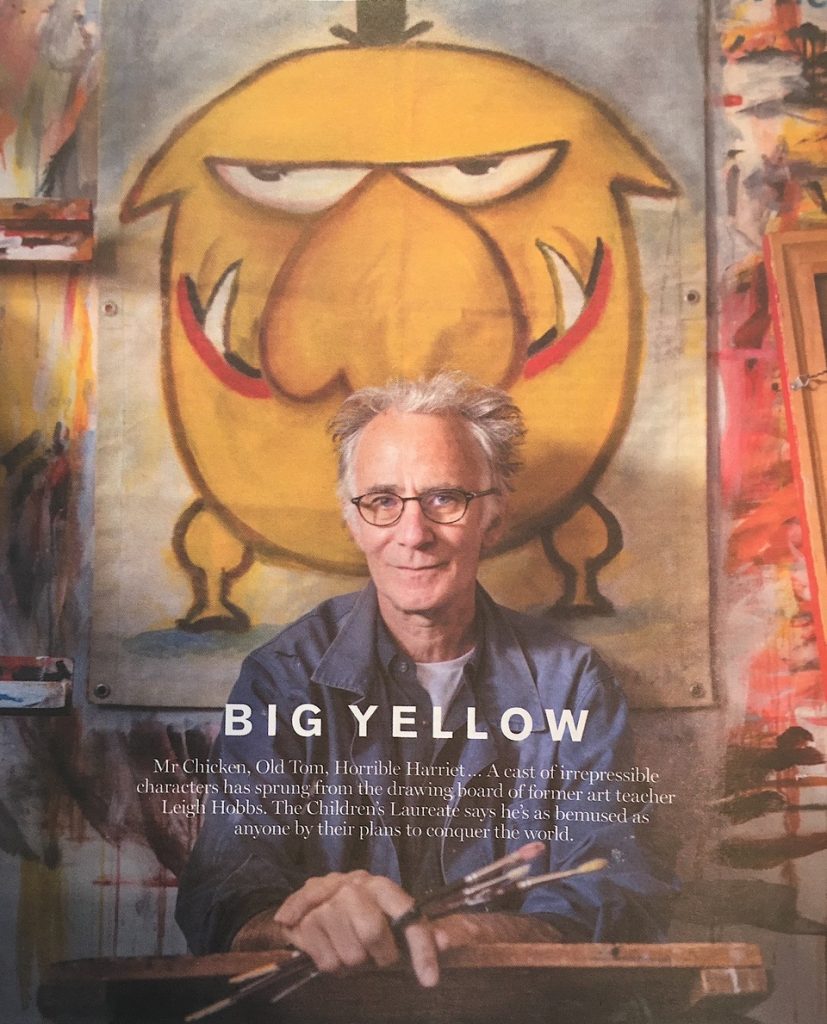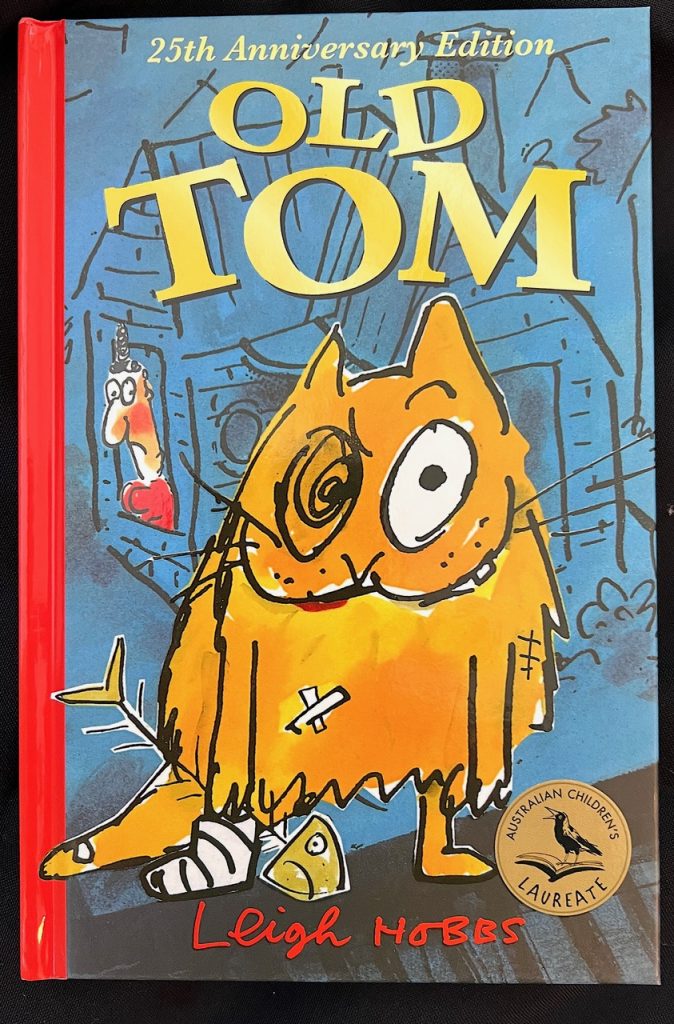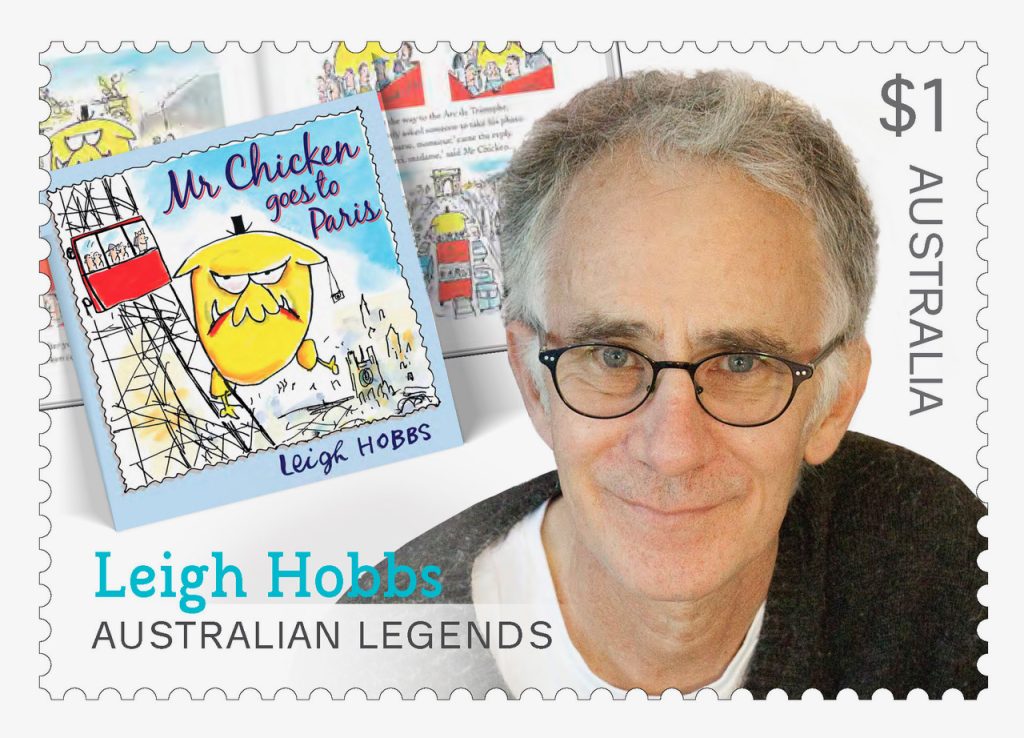As a child I only ever had two ambitions.
Being a writer wasn’t one of them.
Firstly, I wanted to be an artist, I’ve always loved drawing. And secondly, I wanted to ‘go to England’ as I’ve always been fascinated by history, especially English history and especially London. Well, that’s the tangible element of that particular ambition anyhow. I’ve since visited London nearly forty times.
I was never, even as a kid, very interested in reading children’s books, although I did spend hours in the school library poring over and being inspired by the marvellous artwork in some of them.
In the early 1990s I was asked to illustrate a children’s book, and then another. It was of course satisfying to see my artwork splendidly reproduced in a book. But there was a point when I could not justify the labour, the slog required, to bring someone else’s story and characters to life. And anyway, even then I had a sort of half formed family of my own lurking about in my head waiting to be let loose in one form or another.
The first character to get out and take shape was Old Tom. He personified my aversion to the ‘cutesy’ or ‘preachy’ elements in children’s literature, and in his early incarnations he did look a little like a scowling cigar-smoking gangster.
In 1992 I put together an Old Tom mock-up which consisted of sparse lines of text, which were more like captions, beneath scratchy illustrations of Old Tom causing havoc in a domestic setting. I sent it to numerous publishers who all replied with a disheartening ‘no’.
My list of publisher options was dwindling as was my optimism. However, I still felt that this orange feral furball was worth persevering with. Finally, it was Penguin books where fortunately my Old Tom drawings landed on editor Erica Wagner’s desk.
Erica said yes and Old Tom, the first book I wrote and illustrated, was published in 1994 .
Old Tom is still in print thirty years later. And Erica and I have worked together ever since, producing twenty children’s books featuring a selection of my somewhat berserk characters.
There’s Mr Chicken, Horrible Harriet, Mr Badger and the students without a yearning for learning, the FREAKS in 4F, which includes Feral Beryl and Nearly Normal Nancy – who has three eyes. I also created Fiona the Pig, working with Julie Watts.
The big appeal for me in creating children’s books is the opportunity to develop a character using words and pictures.
I try and never have the text mirroring the picture.
In the picture books there are in a way three meanings per page. The text is in an adult voice and the pictures are from a kid’s point of view. The third meaning is how the reader, presumably a child, interprets the combination, with room for differing personal interpretations.
Another appealing thing about creating for kids is that if engaged on the first page of a book, they’ll follow you anywhere, into and through the story. While a few adults have at times rather rudely questioned the logic of Mr Chicken (‘What is it?’) I’ve never had a child complain that ‘chickens don’t have fangs’ or wear a top hat.
I say, and they seem to accept, that his name is Mr Chicken and this is what he looks like. I don’t ever say ‘he is a chicken’.
In the eight Old Tom books I’ve written I never refer to him as a cat. In character he’s a seven – year – old boy, and house – proud Angela Throgmorton is the archetypical mother authority figure determined to socialise her somewhat feral ‘son’. Theirs is essentially a parent / child, mother / son relationship. Old Tom is never shamed into helping around the house as he knows that Angela’s love for him is unconditional.
In all my artwork in various mediums, it’s character in one form or another that I’m trying to ‘nail’. The books are, I think, essentially character studies. As a consequence, I may be at times a tad obsessive about getting the character ‘right’. But after all, a line here, a dot or mark there can suggest a whole range of different emotions in a drawing. And I admit I work hard to make it look easy, the ultimate aim of the artwork being a deft evocation of character. Which sometimes means redoing a drawing of a mouth, which may be just suggested by a line, numerous times.
It is the same process with the text. To say enough with a little. I like the challenge of every drawing and text combination telling the reader a little or a lot more about the character or characters.
To this day, I think of myself as an artist first and an author second. I work intuitively rather than analytically. I don’t recall ever reading one of my books to a child. I’d find it too confronting and anyhow I rather like not knowing exactly what does or doesn’t appeal to kids about my efforts. Their world is a mystery to me. And I like it like that.
Leigh Hobbs is an artist, author and filmmaker best known in Australia and the UK for the twenty-four children’s books he has written and illustrated. Leigh created a ceramic Flinders St. Station Tea pot which is in the collection of The National Gallery of Victoria and two giant caricature sculptures called Larry and Lizzy Luna for Sydney’s Luna Park, now housed in the Powerhouse Museum. Leigh’s artwork is in the collections of The Australian National Library and the State Libraries of New South Wales, Victoria and Western Australia. Leigh was the Australian Childrens Laureate in 2016 /2017. Website: www.leighhobbs.com





Leigh, I found unexpected lessons here for my own writing. Lesson 1: A novel should be a “character study” (except that there is more than one character). Even the setting has “character”. Lesson 2: Don’t ever say “he is a chicken.” That is, don’t say “she is a mother” but, rather, let the character say who she is.
Thank you.
Ernie
Great lessons, Ernie, love your summary!
Dear Leigh, In the 1990s you illustrated a booklet for the Education Foundation called ‘Great Ideas that Work’. It was for teachers, and your artwork that accompanied the text took the ‘How to …’ publication into another realm. It became professional and fun. Thank you. We were a non-profit established to support public education. I’m sure our ‘non-profit’ status transferred into your payment!! But just to let you know we were very grateful.
This is such a lovely story, dear Margaret! x